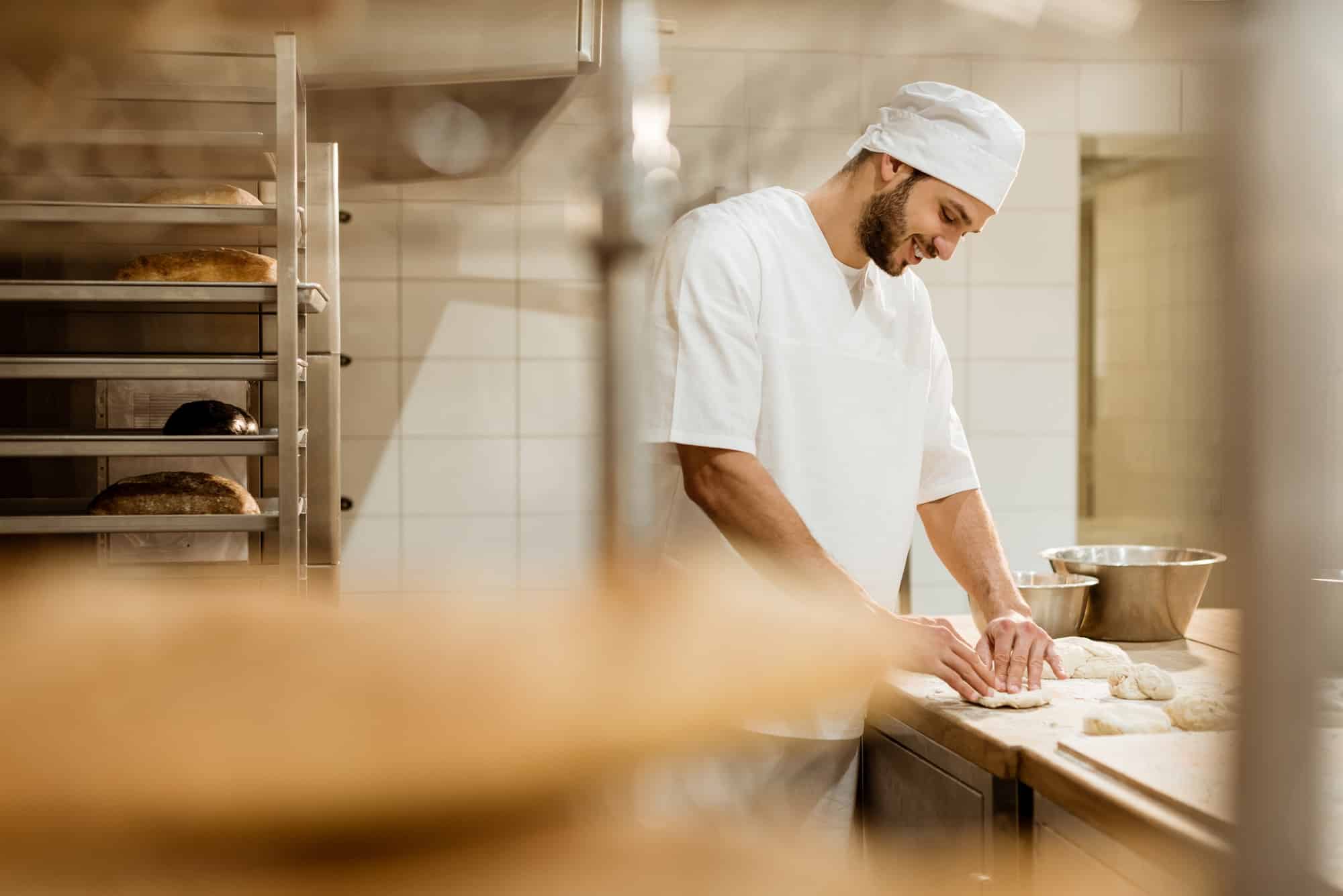Who doesn’t love the smell of fresh bread wafting through the house? The golden, crispy crust and the soft, fluffy texture inside make for a perfect slice. If you are a bread enthusiast, you must have certainly tried your hand at baking. And if you’re new to the world of baking, you’re in for a treat. Today, we’re going to explore the world of multi-grain bread. Compared to white bread, multi-grain bread is a healthier option with its high fiber content and rich nutrients. Let’s dive into the process of baking multi-grain bread with a perfect crust and texture.
Choosing the Right Ingredients
The first step in any baking process is choosing the right ingredients. The quality of your ingredients directly influences the outcome of your bread. For multi-grain bread, the primary ingredient is, of course, multi-grain flour. Multi-grain flour is a combination of various grains like wheat, barley, oats, and rye. Each grain adds a unique flavor to the bread and also enriches it with different nutrients.
A lire aussi : What Techniques Can Elevate a Basic Chicken Soup to a Healing Gourmet Broth?
Yeasts are a crucial component in bread baking. They are responsible for the leavening process, making your bread rise and providing that fluffy texture. Make sure to use fresh yeast for the best results.
The other ingredients include water, salt, and sugar. Water and salt aid the yeast in its work, while sugar adds a hint of sweetness to your bread. If you want a richer flavor, you can also add honey or molasses.
Lire également : What Techniques Ensure a Moist and Tender Turkey for Thanksgiving?
Preparing the Dough
After gathering all your ingredients, the next step is to prepare the dough. This step is crucial in determining the texture and crust of your bread.
Start by mixing your dry ingredients together – multi-grain flour, salt, and sugar. In a separate bowl, combine the yeast with warm water. The water should be warm but not hot, as high temperatures can kill the yeast. After the yeast has dissolved, mix it into your dry ingredients.
Knead the dough until it becomes smooth and elastic. This process develops the gluten in the flour, helping your bread achieve that desirable structure. If the dough sticks to your hands, add a bit more flour. But be careful not to add too much as it will make your bread dry.
Once your dough is ready, cover it with a damp cloth and let it rise. This process, known as proofing, allows the yeast to ferment the dough, causing it to expand.
Shaping and Second Proofing
Now that your dough has risen, it’s time to shape it. This step is where you can have some fun and get creative. You can shape your bread into a simple rectangle or round loaf, or you can try more complex shapes like braids or twists.
After shaping, let your dough proof a second time. This second proofing is vital for achieving a light and airy texture.
Baking the Bread
Finally, it’s time to bake your bread. Preheat your oven to the right temperature. Most bread recipes require a high temperature to create that crispy crust.
Before you put your dough in the oven, you might want to sprinkle some flour on top or make a few slashes with a knife. This will give your bread a rustic look.
Remember to keep an eye on your bread while it’s baking. The baking time largely depends on the size and shape of your dough.
Cooling and Storing
After your bread is done baking, resist the temptation to slice it right away. Let it cool on a wire rack for at least an hour. This cooling period allows the moisture inside the bread to redistribute, resulting in a better texture.
Storing bread properly is also important to maintain its freshness. Wrap it in a bread bag or a clean cloth and store it in a cool, dry place. Remember, good things come to those who wait. The same applies to the baking process.
Baking multi-grain bread might seem like a daunting task, but with patience and practice, you can master the art. The key to a perfect crust and texture lies in the details – choosing quality ingredients, preparing the dough correctly, and allowing it to proof properly. With these tips in hand, you’re now ready to create your homemade multi-grain bread. Happy baking!
Experimenting with Different Grains
Venturing into the sphere of multi-grain bread allows for a wide range of possibilities. You can experiment with different types of grains to create your unique multi-grain mix. The most common grains used in multi-grain bread are wheat, barley, oats, and rye. However, don’t limit yourself to just these four. Consider adding other nutritious grains like quinoa, millet, and spelt to your flour mix.
Wheat is an essential grain in bread baking because of its high gluten content. Gluten gives the bread its structure and elasticity. Barley adds a slight sweetness to your bread, while oats contribute a nutty flavor and moist texture. Rye gives the bread a distinct, robust flavor.
Quinoa is a super grain, packed with protein and fiber. Adding quinoa to your multi-grain mix will not only boost the nutritional value of your bread but also add a unique, earthy flavor. Millet provides a slightly sweet and creamy taste, and Spelt has a mild, nutty flavor.
Remember, the proportions of the grains in your mix will affect the texture and taste of your bread. Have fun experimenting with different combinations to find your favorite multi-grain mix.
Identifying the Perfect Baking Temperature
One of the key aspects of baking a perfect multi-grain loaf with a crusty exterior and a tender interior is identifying the correct baking temperature. Most bread recipes call for a high baking temperature, usually between 425°F (220°C) to 475°F (245°C). The high heat helps form a crispy crust by rapidly evaporating the moisture on the surface of the dough.
However, multi-grain bread tends to brown more quickly than white bread because of the additional grains. Therefore, to prevent the crust from burning while ensuring the inside is fully cooked, you might need to lower the temperature slightly. A good starting point would be around 375°F (190°C) to 425°F (220°C).
You might also consider using a technique called "steaming" for the first few minutes of baking. This method involves adding a pan of hot water to the bottom of your oven. The steam created helps slow down the formation of the crust, allowing the bread to rise fully before the crust hardens.
Remember, every oven behaves differently. So, it’s essential to keep an eye on your bread and make necessary adjustments to the temperature as needed.
Conclusion
Baking multi-grain bread at home can be a fulfilling endeavor. It allows you to create a healthier version of a staple food, tailored to your taste preferences. Plus, there’s nothing quite like the aroma of freshly baked bread filling your home.
The journey to baking the perfect multi-grain bread may require some patience and practice. But the reward – a loaf with a crisp crust, tender interior, and rich, complex flavors – is well worth the effort. So, start experimenting with different grains, learn to work with yeast, and master the art of shaping and proofing your dough.
Remember, the key to success lies in the details – choosing quality ingredients, preparing the dough correctly, and finding the right baking temperature. With persistence and creativity, you could soon be savoring a warm slice of your homemade multi-grain bread. Happy baking!













